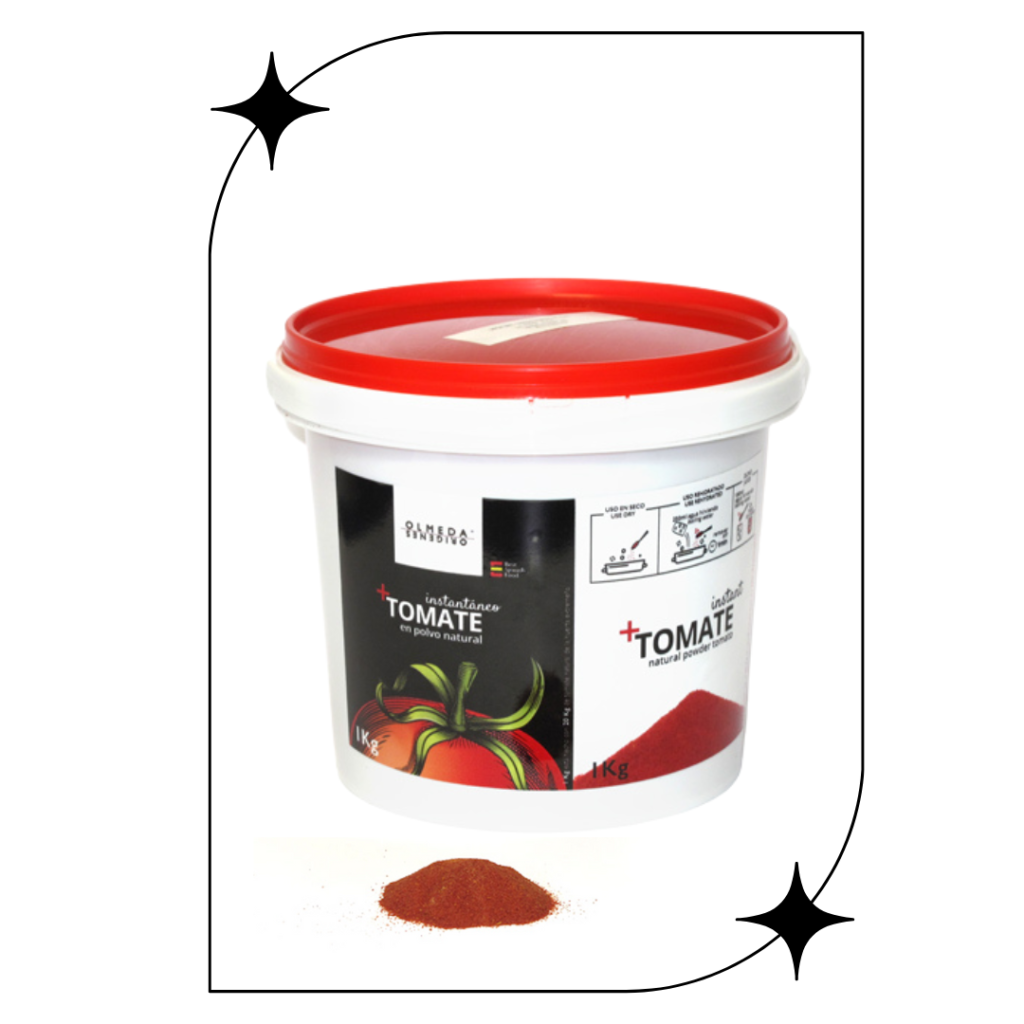
07 Jun Worldwide tomato shortage: what causes it and how can we tackle it?
A “cocktail” of different factors threatens worldwide supply of fresh tomatoes, with growers discouraged by rising costs and the effects of climate change. Supermarkets in the UK have already warmed of major shortage, while the U.S. agricultural sector is having a hard time supplying a ketchup-loving market.
Last year, tomato lovers began witnessing drastic price increases and widespread shortages of this product and variants on the shelves of their supermarkets. In a country that is a staunch lover of ketchup and tomato sauce, American consumers bemoaned the shortage, but no more than the tomato farmers themselves. Growers all across the US were suffering from low inventory, the devastating consequences of the pandemic and an interminable drought that jeopardized the cultivation of this precious fruit. The extreme drought that the state of California suffered on 2021 (state responsible for the production of more than 90% of tomatoes in the country) imperiled America’s favorite ingredients, including tomato sauce, ketchup, marinera or pizza sauce; during a never-seen historical demand for takeaway food. Given the circumstances lived in 2021, we have come to warn that 2022 does not look very promising either. In the face of a Molotov cocktail of numerous global factors, producers are desperating without a feasible way out from this troublesome situation… But what is causing this tomato scarcity?
- Soaring energy costs and disruptions in global supply chains are squeezing the agriculture sector, unable to cope with the drastic increase in natural gas and fertilizer prices. This is ultimately a result from the ongoing Russian invasion of Ukraine, being the former one of the world’s largest exporters of these provisions. This situation affects the entire globe, with the United Nations World Food Program warning of the irremediable effects this conflict will have on some developing areas if the war crisis continues, returning to the levels of food insecurity seen at the peak of the pandemic in areas such as Latin America and the Caribbean.
- The environmental disaster we are heading for is another key factor in the global food shortage. High temperatures, heat waves and hydric stress are hindering the crop of different fruits and vegetables, and the optimization of resources is causing fewer tomatoes to be planted or to be ultimately replaced by other more profitable crops. Moreover, warmer winters allow pests and diseases to move deeper and deeper into tomato territory; delaying harvests and losing product along the way.
Due to the severity and magnitude of the problems, several industry associations complain about the cocktail of problems facing their businesses; being unable to provide the volume that food service or retail demands. Supermarkets in the UK have already warned of major shortages, all against a backdrop of constant price rises in recent years, with the price of tomatoes rising up to 60% and tomato cherries by 58%. All this is hampered by the aforementioned increases in production costs, with growers unable to heat their greenhouses above 20ºC. Nor can imports of this fruit be over-relied upon, given that the biggest two exporters to the UK, Spain and the Netherlands, are also struggling with the rising costs of energy bills. In the United States, the pressure on tomatoes is not much better, with a megadrought that the country’s scientists call “permanent”. Just to give you an idea, last year’s drought is considered the most intense in 1,200 years. Many farmers expect to receive less water from the government, jeopardizing profitability and crop yields; many will simply prefer not to plant or plant less volume of tomatoes.
What can be the solution to this shortage?

Problems as structural as food shortages require innovative solutions that present a viable, fast and economical alternative for businesses and consumers. Aware of the current situation and the limited resources of our planet, Olmeda Orígenes presents “natural tomato powder“, a solution that can provide liters and liters of tomato paste and sauce. For this product we use only the best tomatoes from the area of Extremadura, grown in the open air and pulverized to obtain a pure red powder ready to hydrate. Now it is easier than ever to get liters and liters of tomato paste and tomato sauce; while keeping all the properties and the natural flavor of summer tomatoes.
Bibliography:
- Reiley, L. (2021, 28 julio). Get ready to pay more for tomatoes, as California growers reel from extreme weather. Washington Post. https://www.washingtonpost.com/business/2021/07/28/california-tomatoes-drought-prices/
- La escasez de fertilizantes y crisis alimentaria. (2022, 3 junio). SIM | Macroconsult. https://sim.macroconsult.pe/la-escasez-de-fertilizantes-y-crisis-alimentaria/
- Borunda, A. (2022, 1 junio). El calor, la sequía y los cambios climáticos provocados por las enfermedades están llevando a la producción de tomates de California a una situación difícil. National Geographic. https://www.nationalgeographic.es/medio-ambiente/2022/06/por-que-el-cambio-climatico-amenaza-la-salsa-de-tomate
- Phillips, J. (2022, 22 abril). Supermarkets warned of TOMATO SHORTAGE caused by soaring energy costs and supply chain issues. Mail Online. https://www.dailymail.co.uk/news/article-10743817/Supermarkets-warned-TOMATO-SHORTAGE-caused-soaring-energy-costs-supply-chain-issues.html
- Duncan, G. (2022, 21 abril). Growers warn of tomato shortages due to supply issues. The Grocer. https://www.thegrocer.co.uk/fruit-and-veg/growers-warn-of-tomato-shortages-due-to-supply-issues/666692.article



